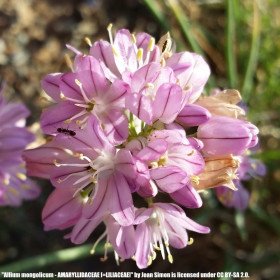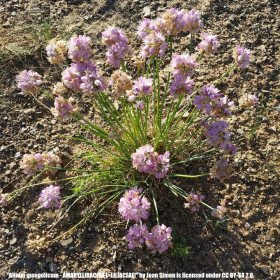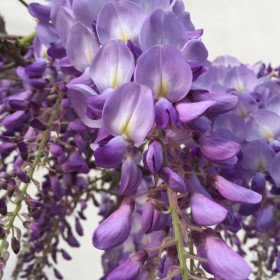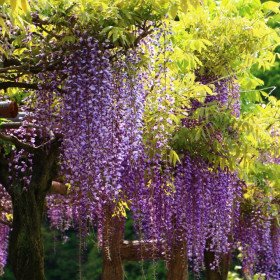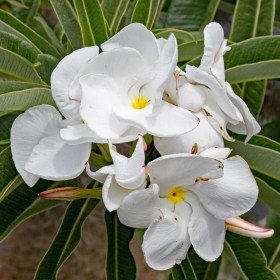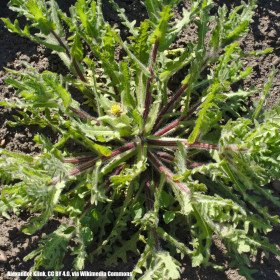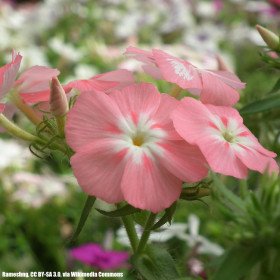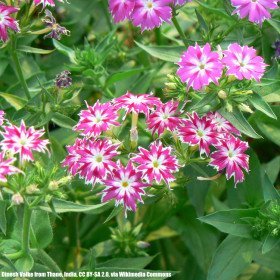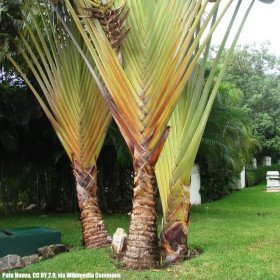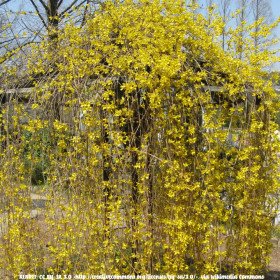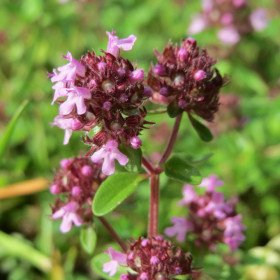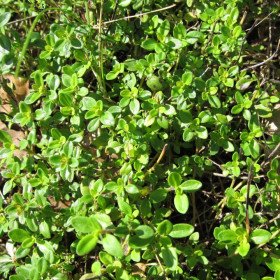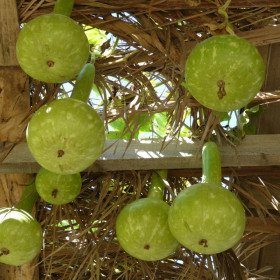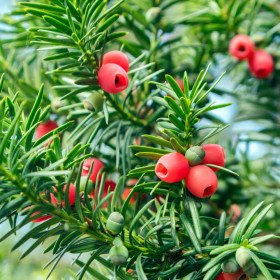10 Graines Pin d'Alep, Pinus halepensis
10 Graines Pin d'Alep, Pinus halepensis
- Modèle : 10 Graines Pin d'Alep, Pinus halepensis
- Disponibilité : 3
- 1,50€
Pin d'Alep, Pin blanc de Provence, Pinus halepensis |
Pinus halepensis, communément appelé Pin d'Alep, est un arbre à feuilles persistantes appartenant à la famille des Pinacées.
10 Graines
Description : Le Pinus halepensis est un conifère de taille moyenne à grande, pouvant atteindre jusqu'à 20-25 mètres de hauteur. Il présente un tronc droit et élancé, recouvert d'une écorce brunâtre qui s'exfolie en plaques. Les aiguilles sont vert foncé, longues et fines, regroupées par deux, et dégagent une agréable odeur de résine. Les cônes du Pin d'Alep sont petits et de forme ovale, généralement de couleur brun clair.
Utilisation : Le Pin d'Alep est largement utilisé comme arbre ornemental dans les jardins, les parcs et les espaces paysagers en raison de son aspect attrayant et de sa résistance à la sécheresse. Il est également planté pour la fixation des dunes de sable et pour la reforestation dans les régions méditerranéennes où il est originaire.
Symbolique : Le Pinus halepensis est associé à la force et à la longévité, en raison de sa capacité à survivre dans des environnements difficiles, tels que les zones côtières venteuses et les sols pauvres en nutriments. Il symbolise également la beauté et la sérénité des paysages méditerranéens.
Semis des graines :
- Récolte des graines : Les cônes matures du Pin d'Alep libèrent leurs graines au début de l'automne. Récoltez les cônes et laissez-les sécher à l'air libre jusqu'à ce qu'ils s'ouvrent et libèrent naturellement les graines.
- Préparation des graines : Les graines de Pinus halepensis ont une coque dure qui peut nécessiter une stratification froide pour améliorer la germination. Placez les graines dans un sac en plastique avec un peu de sable humide et stockez-les au réfrigérateur pendant quelques semaines.
- Préparation du sol : Choisissez un mélange de terreau bien drainé et ajoutez-y du sable pour améliorer le drainage.
- Semis : Plantez les graines à environ 1 cm de profondeur dans le terreau et arrosez légèrement.
- Chaleur et lumière : Placez le pot dans un endroit chaud et ensoleillé.
- Arrosage : Maintenez le sol humide, mais pas détrempé, pendant la phase de germination.
- Germination : Les graines peuvent prendre plusieurs semaines à germer. Soyez patient, car la germination peut être variable.
- Transplantation : Lorsque les jeunes plants ont atteint une taille suffisante, vous pouvez les transplanter dans des endroits définitifs ou des pots plus grands.
Le Pin d'Alep est un arbre majestueux et rustique, apprécié pour son aspect esthétique et sa capacité à s'adapter à des conditions difficiles. Il constitue un bel ajout à tout paysage méditerranéen ou à tout jardin souhaitant créer une atmosphère méditerranéenne.
Etiquettes : alep, blanc, provence, pinus, halepensis, GRAINES DE FLEURS & ARBRES Pin d'Alep, Pin blanc de Provence, Pinus halepensis, Arbres & Bonsaï Pin d'Alep, Pin blanc de Provence, Pinus halepensis, Pin d'Alep, Pin blanc de Provence, Pinus halepensis GRAINES DE FLEURS & ARBRES, Pin d'Alep, Pin blanc de Provence, Pinus halepensis Arbres & Bonsaï






